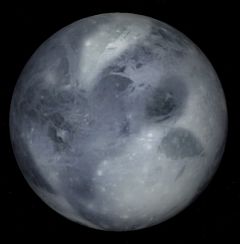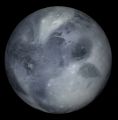Difference between revisions of "Himalia"
Jump to navigation
Jump to search
(Added categories.) |
(Added category.) |
||
| Line 69: | Line 69: | ||
Animation of Himalia orbit around Jupiter.gif|<center>Animation of Himalia's orbit over time due to perturbations,<br>from Wikimedia Commons</center> | Animation of Himalia orbit around Jupiter.gif|<center>Animation of Himalia's orbit over time due to perturbations,<br>from Wikimedia Commons</center> | ||
</gallery> | </gallery> | ||
| − | |||
| − | |||
| − | |||
[[Category:Articles]] | [[Category:Articles]] | ||
[[Category:Celestial bodies]] | [[Category:Celestial bodies]] | ||
[[Category:Natural satellites]] | [[Category:Natural satellites]] | ||
| + | [[Category:Satellites of Jupiter]] | ||
| + | |||
| + | {{JupiterSat}} | ||
| + | {{SolarSystem}} | ||
Revision as of 02:56, 8 August 2024
 | This natural satellite related article is a stub. You can help Orbiterwiki by expanding it.
Himalia (Jupiter VI) is the is the largest irregular stellite and the sixth largest satellite of Jupiter. It was discovered by Charles Dillon Perrine at the Lick Observatory on 3 December 1904. Himalia was named after a nymph in Greek mythology who bore three sons by Zeus. Himalia in OrbiterHimalia was introduced to Orbiter with the release of jupiter-iii.zip in October 2002.
See alsoGallery
| ||||||||||||||||||||||||||||||||||||||||||||||||||||||||||||||||||||||||||||||||



